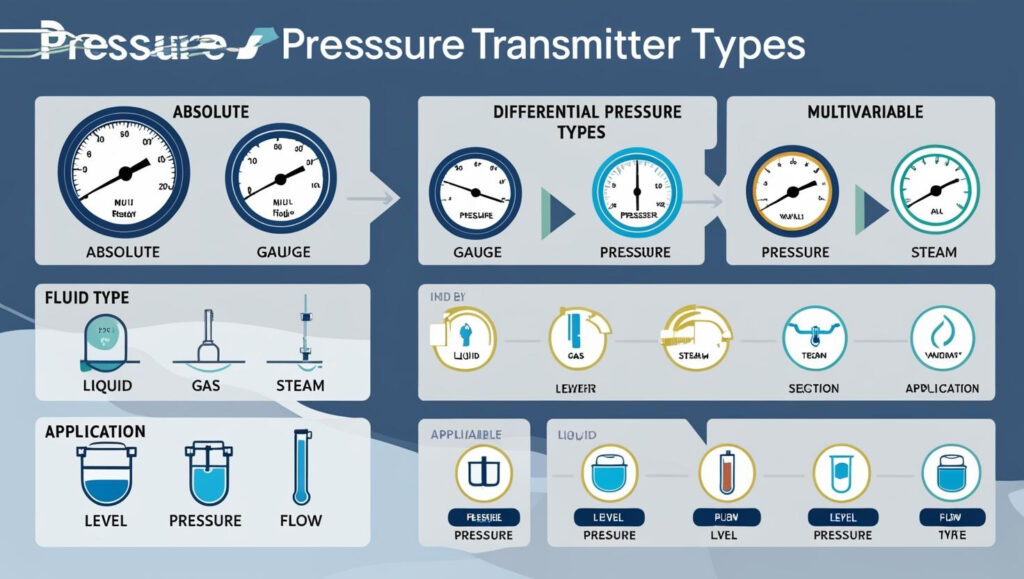The global pressure transmitter market is experiencing significant growth, driven by increasing industrial automation, stringent safety regulations, and advancements in sensor technology. These devices play a critical role in monitoring and controlling pressure levels in various industries, including oil & gas, manufacturing, healthcare, and power generation. With continuous technological advancements, the market is poised for substantial expansion in the coming years.
Current Market Size and Growth Trends
Pressure Transmitter Market Size is expected to reach USD 3.5 billion by 2027 from USD 2.9 billion in 2022, registering at a CAGR of 3.6% during the forecast period. Factors such as the increasing adoption of Industry 4.0, IoT-enabled devices, and the need for precise pressure monitoring in industrial applications are fueling market expansion. Key players are investing in research and development to introduce more accurate, reliable, and cost-effective pressure transmitters.
Download PDF Brochure @ https://www.marketsandmarkets.com/pdfdownloadNew.asp?id=937

Applications of Pressure Transmitters Across Industries
Pressure transmitters are utilized in various industries due to their ability to provide accurate pressure measurements in real-time. Some key applications include:
- Oil & Gas: Monitoring pipeline pressure, leak detection, and optimizing drilling operations.
- Manufacturing: Ensuring process efficiency and maintaining equipment safety.
- Healthcare: Used in medical devices such as ventilators and infusion pumps.
- Power Generation: Monitoring steam and hydraulic pressure in power plants.
- Water & Wastewater Treatment: Regulating pressure in treatment facilities for efficient operations.
Pressure Transmitter Types and Their Market Implications
There are several types of pressure transmitters, each catering to specific industrial needs:
- Absolute Pressure Transmitters: Measure pressure relative to a perfect vacuum, ideal for applications requiring high precision.
- Gauge Pressure Transmitters: Measure pressure relative to atmospheric pressure, commonly used in industrial processing.
- Differential Pressure Transmitters: Measure the difference between two pressures, essential in flow measurement and filtration monitoring.
- Multivariable Pressure Transmitters: Provide multiple pressure-related measurements, enhancing process control and efficiency.
Each type has distinct market implications, with increasing demand for advanced and integrated solutions that offer higher accuracy and reliability.
Regional Analysis of the Pressure Transmitter Market
The pressure transmitter market exhibits regional variations based on industrial growth and technological adoption:
- North America: Dominated by strong industrial infrastructure, high automation adoption, and stringent regulatory standards.
- Europe: Driven by demand from industries such as pharmaceuticals, manufacturing, and oil & gas.
- Asia-Pacific: Rapid industrialization, urbanization, and infrastructure development are boosting demand, with China and India leading the market.
- Middle East & Africa: Growth fueled by the oil & gas industry, water treatment projects, and industrial automation initiatives.
- Latin America: Expanding industries and increasing automation drive market demand.
Challenges and Opportunities in the Pressure Transmitter Market
Challenges:
- High Initial Investment Costs: Advanced pressure transmitters can be expensive, limiting adoption among small-scale industries.
- Technical Complexity: The integration of IoT and smart technology requires skilled personnel.
- Regulatory Compliance: Stringent safety and environmental regulations add to manufacturing costs.
Opportunities:
- Adoption of Smart Technologies: IoT-enabled pressure transmitters offer real-time monitoring and predictive maintenance.
- Growing Demand for Automation: Increased industrial automation presents new growth avenues.
- Rising Environmental Concerns: Pressure transmitters aid in leak detection and efficient resource utilization, supporting sustainability initiatives.
The global pressure transmitter market is on an upward trajectory, fueled by technological advancements, increasing automation, and expanding industrial applications. Despite challenges such as high costs and technical complexities, opportunities in smart technology integration and sustainability are expected to drive further growth. As industries continue to embrace digital transformation, the demand for reliable and efficient pressure transmitters will remain strong, shaping the future of industrial process control.